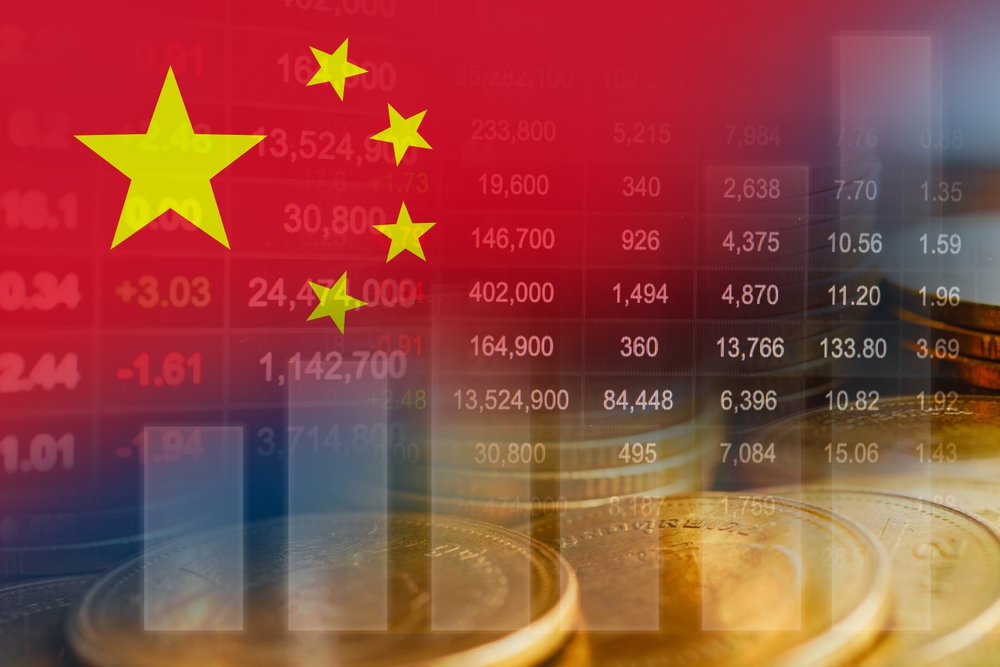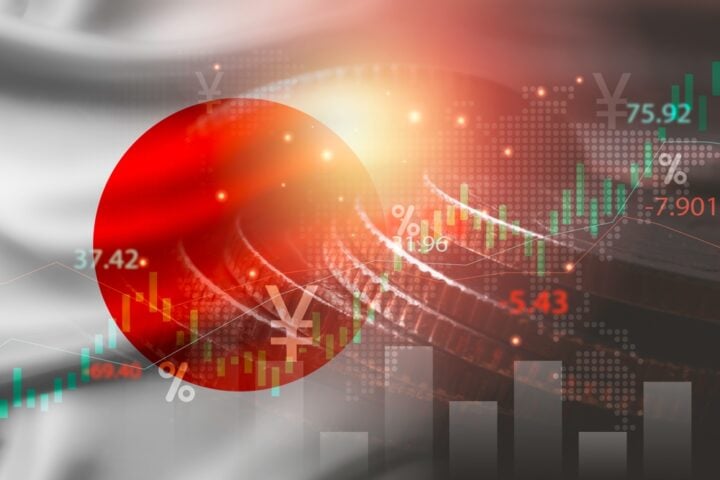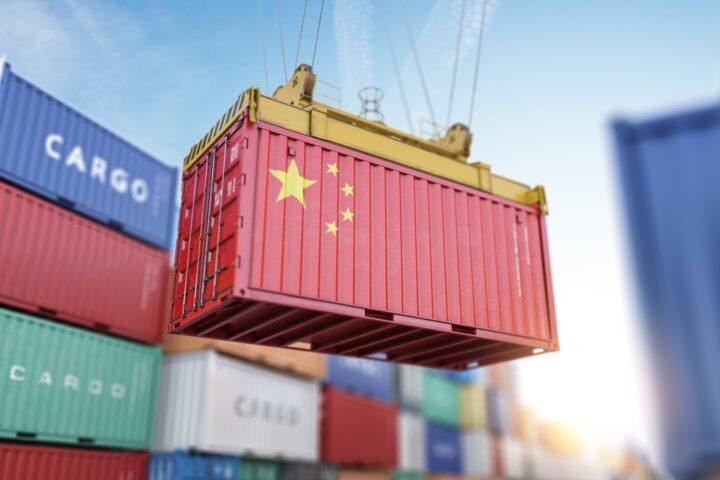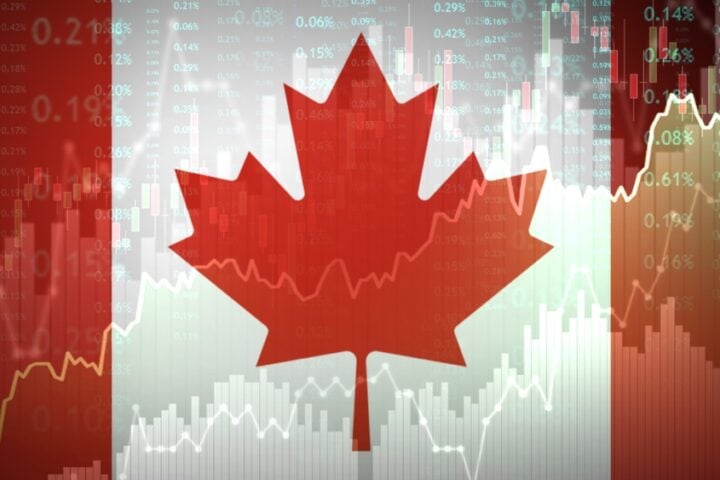China’s trade growth fell short of expectations in September, raising new concerns about the health of the world’s second-largest economy. Customs data released on Monday showed that exports rose by 2.4% year-on-year, while imports increased just 0.3%. Both figures were significantly below market forecasts, adding to the challenges facing an economy already weighed down by a real estate slump and tepid consumer spending.
Exports and Imports Underperform
Analysts had anticipated stronger numbers for September, expecting export growth of 6% and a 0.9% rise in imports, according to a Reuters poll. However, the actual figures pointed to weaker-than-expected trade performance. Exports have traditionally been a key driver of China’s economic growth, but they are now facing mounting challenges, including trade tensions with the United States and the European Union, as well as a slowdown in demand for several key products.
Zhiwei Zhang, president and chief economist at Pinpoint Asset Management, emphasized the difficulty of maintaining export momentum amid global uncertainties. “Heightened trade tensions will make it difficult for China’s exports to keep growing at a strong pace heading into next year,” Zhang noted.
Trade with China’s key partners reflected mixed results. According to a CNBC analysis, exports to the U.S., China’s largest trading partner, rose by 2.2%, while imports from the U.S. climbed by 6.7%. Exports to the Association of Southeast Asian Nations (ASEAN) rose by 5.5%, and imports from the region increased by 4.2%. However, exports to the European Union edged up just 1.3%, while imports dropped by 4%, indicating a cooling trade relationship.
Sector-Specific Trends and Economic Weakness
While certain sectors, like automotive exports, maintained strength with a 25.7% year-on-year increase, the broader export landscape revealed vulnerabilities. Products such as shoes, toys, and smartphones declined, while exports of home appliances, integrated circuits, and ships grew. On the import side, the sharp 10.7% drop in crude oil imports reflected subdued domestic demand, while imports of natural gas and coal increased to support energy needs.
China’s rare earths trade, crucial for various technologies, also faced setbacks. Rare earth exports plummeted by over 40%, while imports fell by 9%. These figures underscore Beijing’s focus on securing critical resources amid efforts to strengthen national security. Meanwhile, soybean imports surged nearly 39%, reflecting an emphasis on bolstering food supplies.
The weakness in trade data is mirrored in China’s core consumer price index, which rose just 0.1% in September, marking the slowest pace since February 2021. The soft inflation data points to lackluster domestic demand, even during periods like the Mid-Autumn Festival and Golden Week holidays, which typically boost spending.
Fiscal Policy and Future Outlook
The disappointing trade numbers follow Chinese authorities’ efforts to stimulate the economy. Despite various measures and announcements aimed at jumpstarting growth, Beijing’s fiscal policy lacks concrete details, leaving many investors uncertain about its long-term impact.
Zichun Huang, a China economist at Capital Economics, highlighted that while import volumes dipped in September, a short-term rebound could be on the horizon. “We think the finance ministry’s increase in fiscal expenditure will boost construction activity and drive higher demand for industrial commodities, at least for a quarter or two,” Huang explained.
Looking ahead, all eyes are on China’s upcoming economic indicators. The National Bureau of Statistics is set to release third-quarter GDP data, along with key figures on retail sales, industrial production, and fixed asset investment. These metrics will offer further insight into the state of China’s economy as it navigates challenges from weak domestic demand and global trade pressures.







